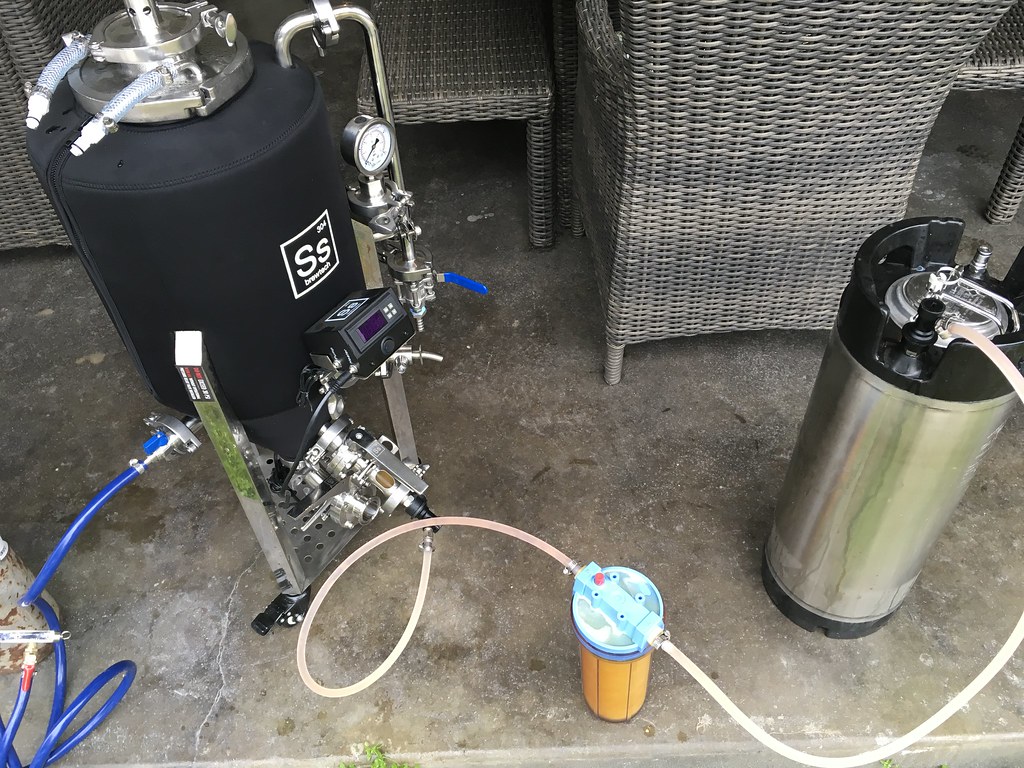For those of you who have the
@PenguinChillers Glycol Chiller (or any knowledge pertaining to refrigeration compressors in general).
I only brew every 4-6 weeks. With a 14-21 day fermentation timeline, that leaves 2-3 weeks between batches with nothing in the conical and no need for the glycol chiller.
Is it better for the longevity of the chiller to:
1) Unplug it for these 2-3 weeks.
2) Leave it running with no load at the standard 28-32*.
3) Leave it running but increase the glycol bath temperature to reduce the need for compressor cycling.




